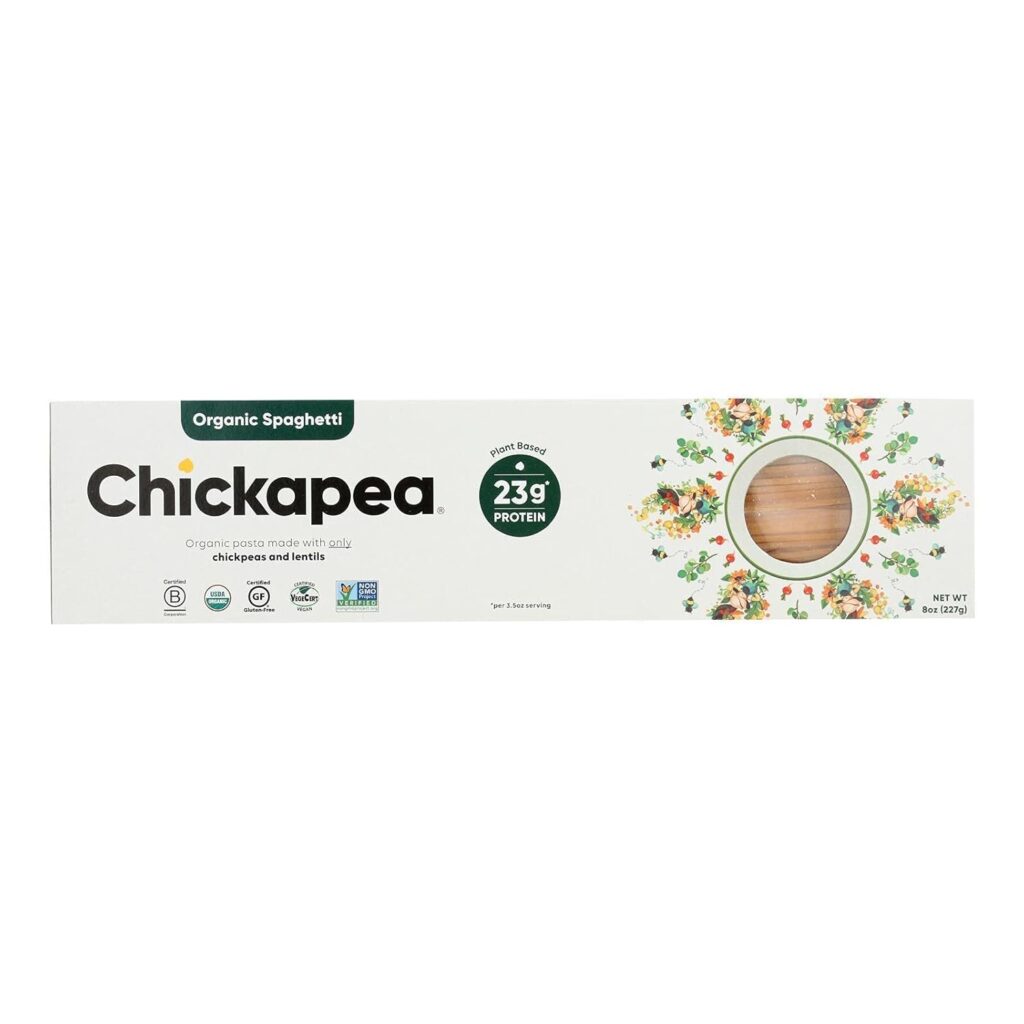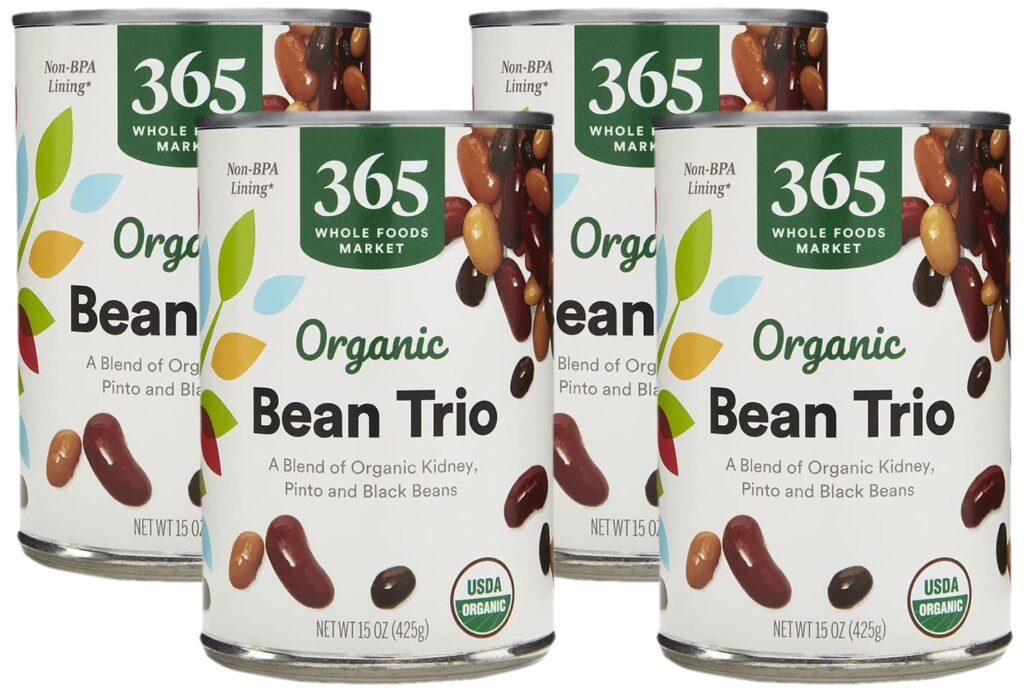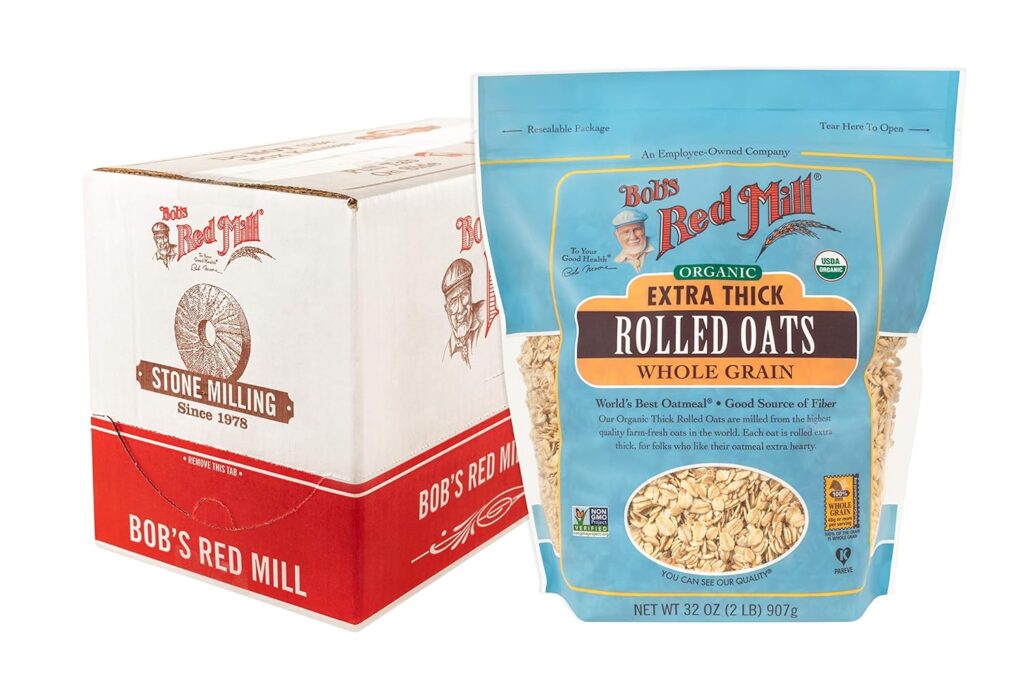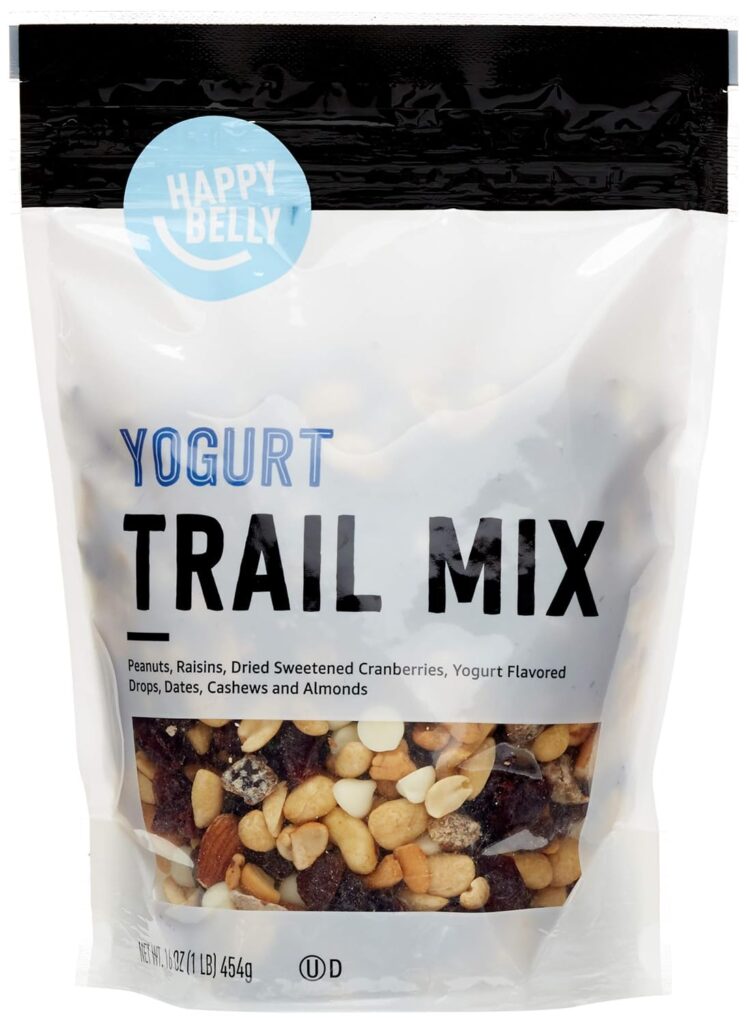Switching to a plant-based diet can be one of the best decisions for your health, the environment, and even your wallet. But if you’re new to the idea of cutting out meat, dairy, and processed foods, it can feel a little overwhelming at first. Where do you start? What do you eat? And how do you make sure you’re getting all the nutrients you need?
This beginner’s guide will help you navigate the world of plant-based eating with practical tips, easy meal ideas, and must-have products that can make your transition smoother.
What is a Plant-Based Diet?
A plant-based diet focuses on whole, natural foods derived from plants. That means your plate is filled with fruits, vegetables, whole grains, legumes, nuts, and seeds while avoiding or minimizing animal products and processed foods.
People follow a plant-based diet for various reasons, including:
- Health benefits: Lower risk of heart disease, diabetes, and obesity
- Environmental impact: Reduced carbon footprint and conservation of resources
- Animal welfare: Ethical concerns about factory farming
Getting Started: The Basics of a Plant-Based Diet
1. Start with What You Love
You don’t have to overhaul your entire diet overnight. Begin by incorporating more plant-based meals into your routine. Think about the foods you already enjoy—maybe it’s pasta, stir-fry, or tacos—and find ways to make them plant-based. For example:
- Swap regular pasta for whole wheat or chickpea pasta (Check it out on Amazon)
- Use lentils or black beans instead of ground meat in tacos
- Try plant-based milk alternatives in your morning coffee (Almond and oat milk options)

2. Stock Your Pantry with Plant-Based Essentials
Having the right ingredients on hand makes meal prep easier. Consider stocking up on:
- Legumes: Lentils, chickpeas, black beans (Shop now)
- Whole grains: Brown rice, quinoa, oats (Find top-rated brands)
- Nuts & seeds: Almonds, chia seeds, flaxseeds (Explore options)
- Healthy fats: Avocados, olive oil, tahini

3. Invest in Helpful Kitchen Tools
A few kitchen gadgets can make preparing plant-based meals much easier:
- Blender: Perfect for smoothies, soups, and nut butters (Top-rated blenders)
- Instant Pot: Speeds up cooking for beans, grains, and stews (See highly rated models)
- Spiralizer: Turns veggies into noodles (Get one here)
What to Eat on a Plant-Based Diet
Breakfast Ideas
- Overnight oats with almond milk, chia seeds, and fresh berries (Get high-quality oats)
- Smoothie bowls with bananas, spinach, protein powder, and granola (Find plant-based protein)
- Avocado toast on whole-grain bread with hemp seeds

Lunch & Dinner Ideas
- Quinoa and black bean salad with lime dressing
- Vegetable stir-fry with tofu and brown rice (Buy organic tofu)
- Chickpea curry with coconut milk and spices
- Buddha bowls with roasted veggies, hummus, and grains (Get pre-cooked grains)
Snacks & Quick Bites
- Hummus and veggie sticks (Buy hummus)
- Trail mix with almonds, walnuts, and dark chocolate (Top-rated options)
- Energy bars made with nuts and dates (Best-selling plant-based bars)

Getting Enough Protein on a Plant-Based Diet
One of the most common concerns about plant-based eating is protein intake. The good news? Plants provide plenty of protein!
- Lentils: 18g of protein per cup
- Chickpeas: 15g of protein per cup
- Quinoa: 8g of protein per cup
- Tofu: 20g of protein per cup
- Plant-based protein powder (Find the best options)
Staying Full and Satisfied
A well-balanced plant-based meal should include:
- Protein (beans, tofu, tempeh, quinoa)
- Healthy fats (avocados, nuts, olive oil)
- Fiber-rich carbs (whole grains, vegetables)
If you ever feel hungry after a meal, check if you’re getting enough protein and healthy fats. Eating whole foods with fiber also keeps you full longer.
Common Challenges and How to Overcome Them
“I Don’t Have Time to Cook”
Prepping ingredients ahead of time can save you hours each week. Try batch-cooking quinoa, roasting vegetables, and making large portions of soups and stews.
“I Miss the Taste of Meat and Dairy”
Luckily, there are amazing plant-based alternatives:
- Dairy-free cheese: Cashew-based or almond-based cheese (Find the best options)
- Meat alternatives: Beyond Meat, tempeh, jackfruit, or seitan (Browse plant-based meats)
“Eating Out is Hard”
Most restaurants now offer plant-based options. If you’re unsure, ask for a meal with vegetables, rice, beans, and avocado. You can also check the menu online beforehand.
Final Tips for Success
- Take it slow – Transitioning gradually makes it easier to stick with.
- Try new recipes – Keep meals exciting by experimenting with different cuisines.
- Listen to your body – Adjust portions and ingredients based on your energy levels.
- Have fun with it! – Discovering delicious, nutritious foods should be enjoyable.
Ready to Get Started?
A plant-based diet can transform your health, energy levels, and relationship with food. Whether you’re dipping your toes in or going all-in, having the right products and mindset makes all the difference.
